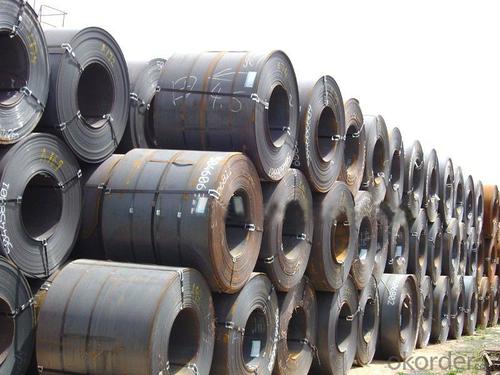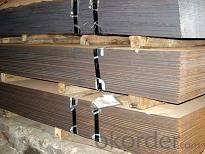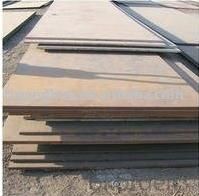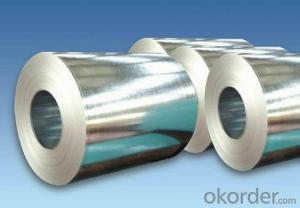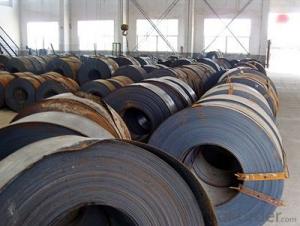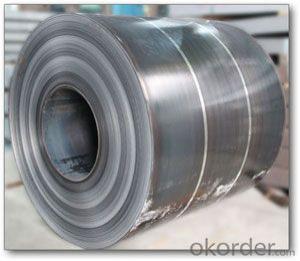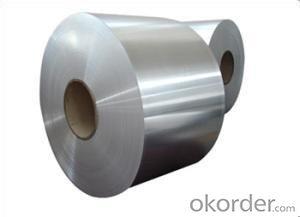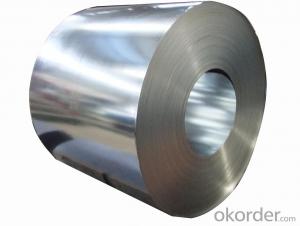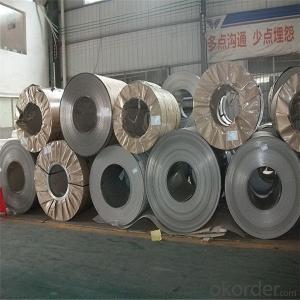Hot rolled steel coil A36 Q235 Q345 SAE1008
- Loading Port:
- China main port
- Payment Terms:
- TT OR LC
- Min Order Qty:
- 100 m.t
- Supply Capability:
- 1000000 m.t/month
OKorder Service Pledge
OKorder Financial Service
You Might Also Like
Specification
Quick Details
| Standard: | AISI, ASTM, GB, JIS | Grade: | Q235/SS400/A36/S235JR/S355JR,St37-2,etc | Thickness: | 1-16mm |
| Place of Origin: | Tianjin, China (Mainland) | Brand Name: | CNBM | Type: | Steel Coil |
| Technique: | Hot Rolled | Application: | Container Plate, construction,being machined | Special Use: | High-strength Steel Plate |
| Width: | 600-2000mm | Length: | coil | Certification: | ISO/SGS/IBR/ROHS/BV and so on |
| Packing: | as your requests |
Packaging & Delivery
| Packaging Details: | standard export packing or as per your request |
| Delivery Detail: | within 20 days after confirming the order |
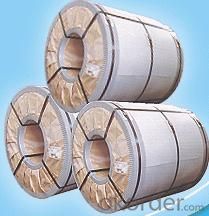
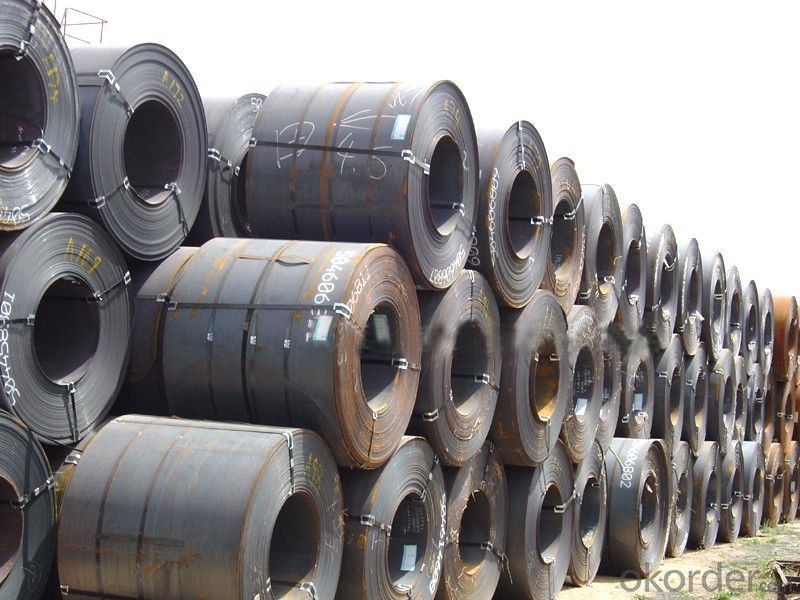
Specifaction
1.Standard: AISI,ASTM,BS,DIN,GB,JIS,etc
2.Dimensions: thickness 1-16mm, width 600-2000mm
3.Mainly Grade:Q235/SS400/A36/S235JR/S355JR,St37-2,etc
4.Place of Origin:Tianjin,China
5.Length:as per your request
6.Packaging Detail: Seaworthy Packing or on pallet
7.Authentication:ISO9001-2008,SGS.BV,etc
8.Tolerance:Mill’s Standard
Products Material:
Q195-Q420 Series
SS400-SS540 Series
S235JR-S355JR Series
SPHC,A36,A283,etc
- Q: Can steel coils be used in the production of agricultural equipment?
- Indeed, agricultural equipment production can make use of steel coils. In the manufacturing process, steel coils frequently serve as a fundamental material for various agricultural equipment like plows, planters, harvesters, and tillers. The robustness and endurance of steel render it suitable for demanding agricultural applications. Furthermore, steel coils can be easily molded and shaped into diverse parts and components that are necessary in agricultural machinery. Steel's resistance to corrosion also guarantees that the equipment can withstand severe weather conditions and extend its lifespan. All in all, incorporating steel coils into the production of agricultural equipment aids in ensuring the dependability, durability, and effectiveness of the machinery employed in farming operations.
- Q: What are the different types of packaging for steel coils?
- The different types of packaging for steel coils typically include wooden crates, steel frames, and plastic wrapping. These packaging materials are used to provide protection and secure the steel coils during transportation and storage.
- Q: Is steel with a black coloring as strong as regular steel. if you are asking why i have two wordsBlack Katana.I know a katana is not made with normal steel, it is made of two types with varying grades of carbon to give it speacial properties, i just want to know if the black will make a difference.
- The term tensile potential refers back to the quantity of tensile (stretching) rigidity a textile can stand up to in the previous breaking or failing. the in simple terms suitable tensile potential of a textile is calculated by making use of dividing the element of the textile examined (the pass area) by making use of the strain located on the textile, regularly expressed in terms of pounds or much consistent with sq. inch of fabric. Tensile potential is an considerable degree of a textile's skill to accomplish in an utility, and the scale is extensively used whilst describing the residences of metals and alloys.
- Q: How are steel coils used in the manufacturing of agricultural silos?
- Steel coils are used in the manufacturing of agricultural silos by being formed and shaped into corrugated sheets, which are then assembled into the walls of the silo. The strength and durability of the steel coils ensure that the silo can withstand the weight of the stored grains and withstand external pressures.
- Q: How are steel coils used in the oil and gas industry?
- Steel coils are used in the oil and gas industry for various purposes such as pipelines, storage tanks, and drilling equipment. These coils are commonly used to manufacture seamless and welded pipes that are essential for transporting oil and gas from production sites to refineries and end-users. Additionally, steel coils are utilized in the construction of storage tanks that store oil and gas in large quantities. They are also an integral part of drilling equipment, including offshore platforms, where they provide structural support and withstand high-pressure environments.
- Q: Where can I find a discount online for Stainless Steel Magnetic Knife Rack
- Don’t okorder and read why everyone loves this kitchen accessory so much.
- Q: What are the different steel coil specifications?
- The different steel coil specifications refer to the various parameters and characteristics that define a steel coil. These specifications include dimensions such as thickness, width, and length, as well as the type of steel used, coating or finish, and the industry standards it complies with. Other specifications may include tensile strength, yield strength, and chemical composition, which determine the coil's suitability for specific applications.
- Q: What is the market demand for steel coils?
- The market demand for steel coils is influenced by various factors such as construction, manufacturing, and infrastructure development. As steel coils are widely used in industries like automotive, construction, and appliances, the market demand for steel coils is generally high. However, it can fluctuate depending on economic conditions, industry trends, and global demand for steel products.
- Q: I am searching for an online article which discusses any aspect of the use of austenitic stainless steels. I was just wondering if anyone could help me find one. No sales articles. Thank you!
- *Austenitic, okorder
- Q: How are steel coils used in the manufacturing of transmission shafts?
- Steel coils are used in the manufacturing of transmission shafts by being converted into cylindrical shapes through a process known as coil winding. These coils are then cut, shaped, and machined to create the desired dimensions and specifications for the transmission shafts. The high strength and durability properties of steel make it an ideal material for transmission shafts, ensuring efficient power transmission and overall performance of the machinery.
Send your message to us
Hot rolled steel coil A36 Q235 Q345 SAE1008
- Loading Port:
- China main port
- Payment Terms:
- TT OR LC
- Min Order Qty:
- 100 m.t
- Supply Capability:
- 1000000 m.t/month
OKorder Service Pledge
OKorder Financial Service
Similar products
Hot products
Hot Searches
Related keywords



